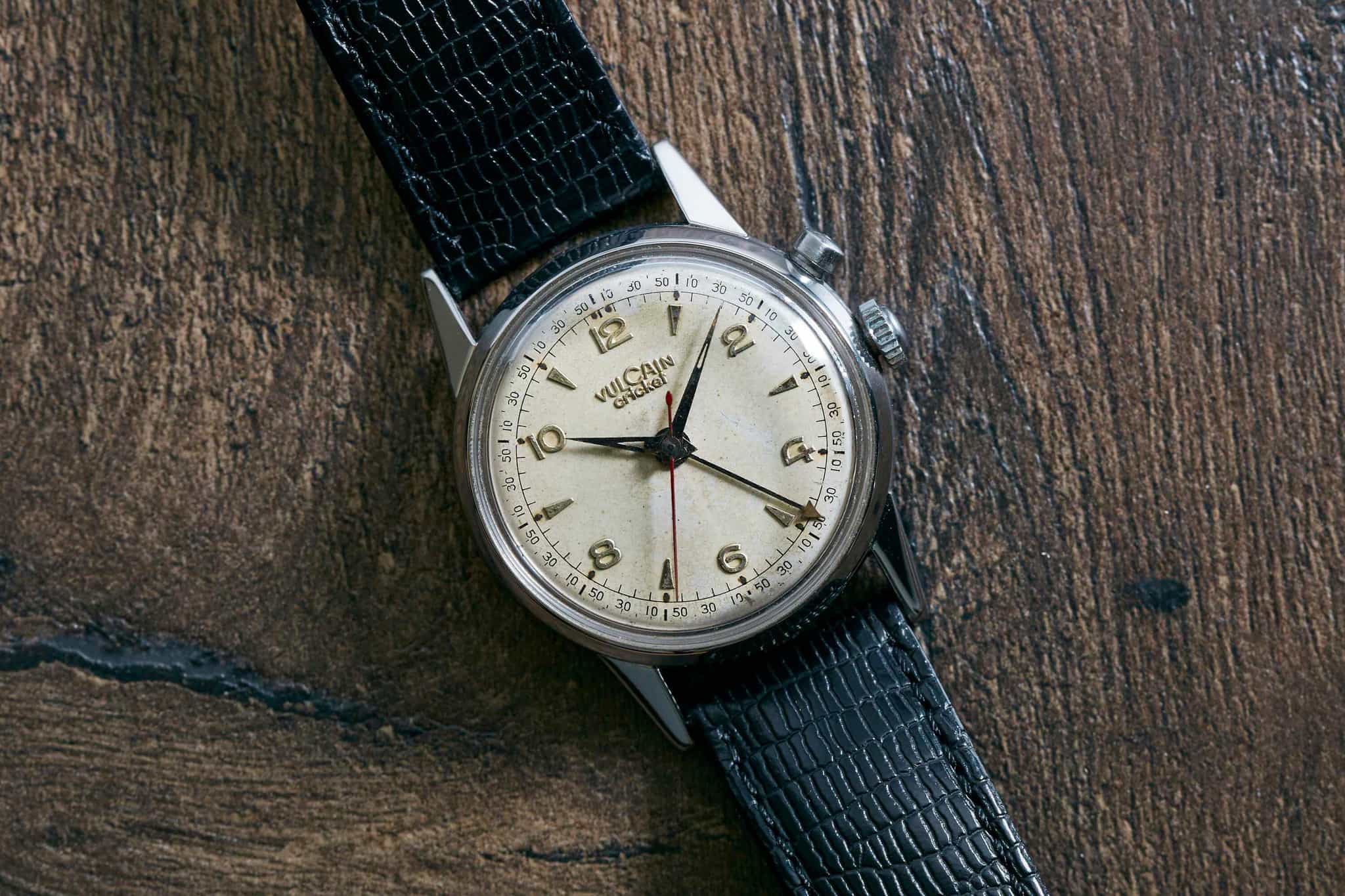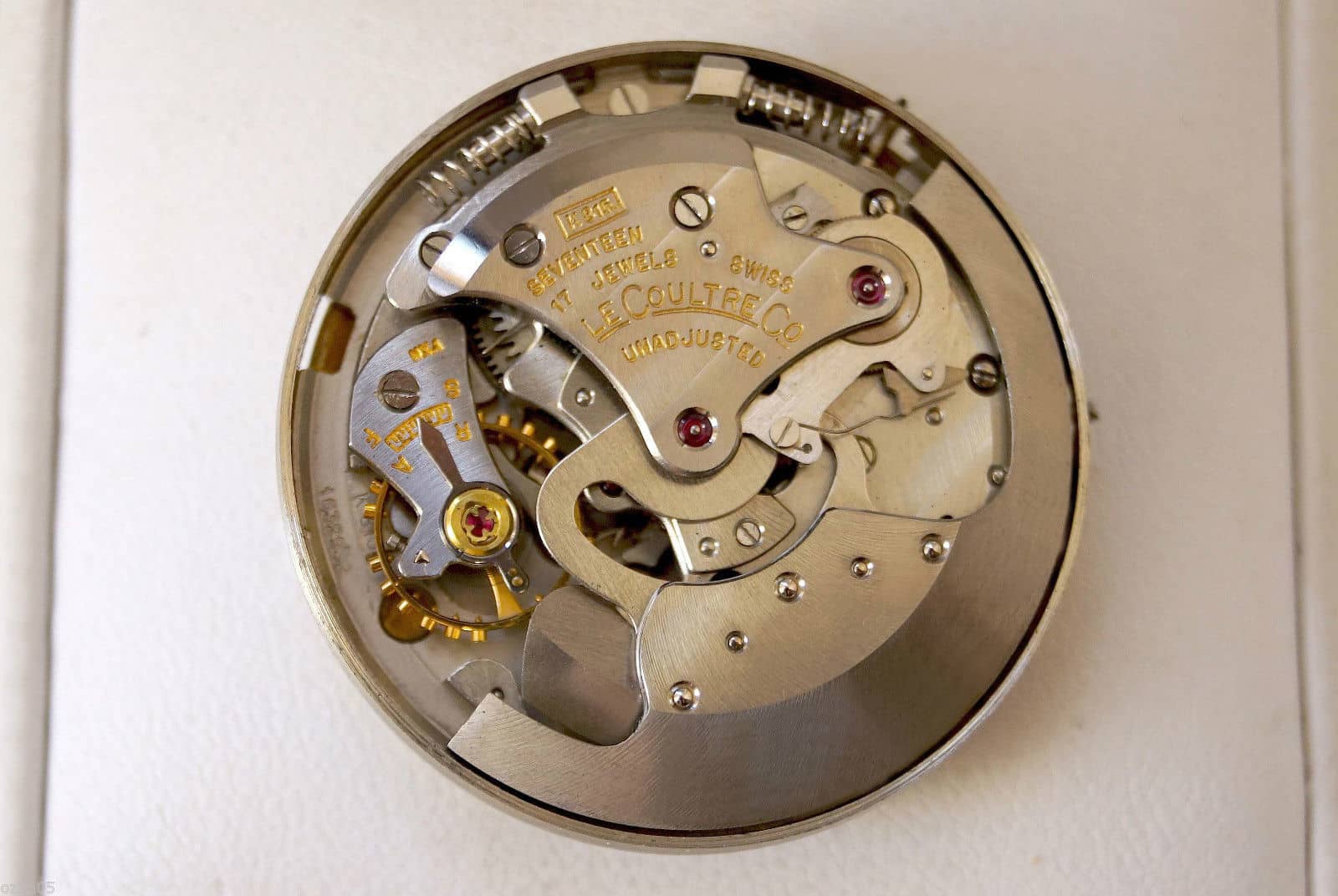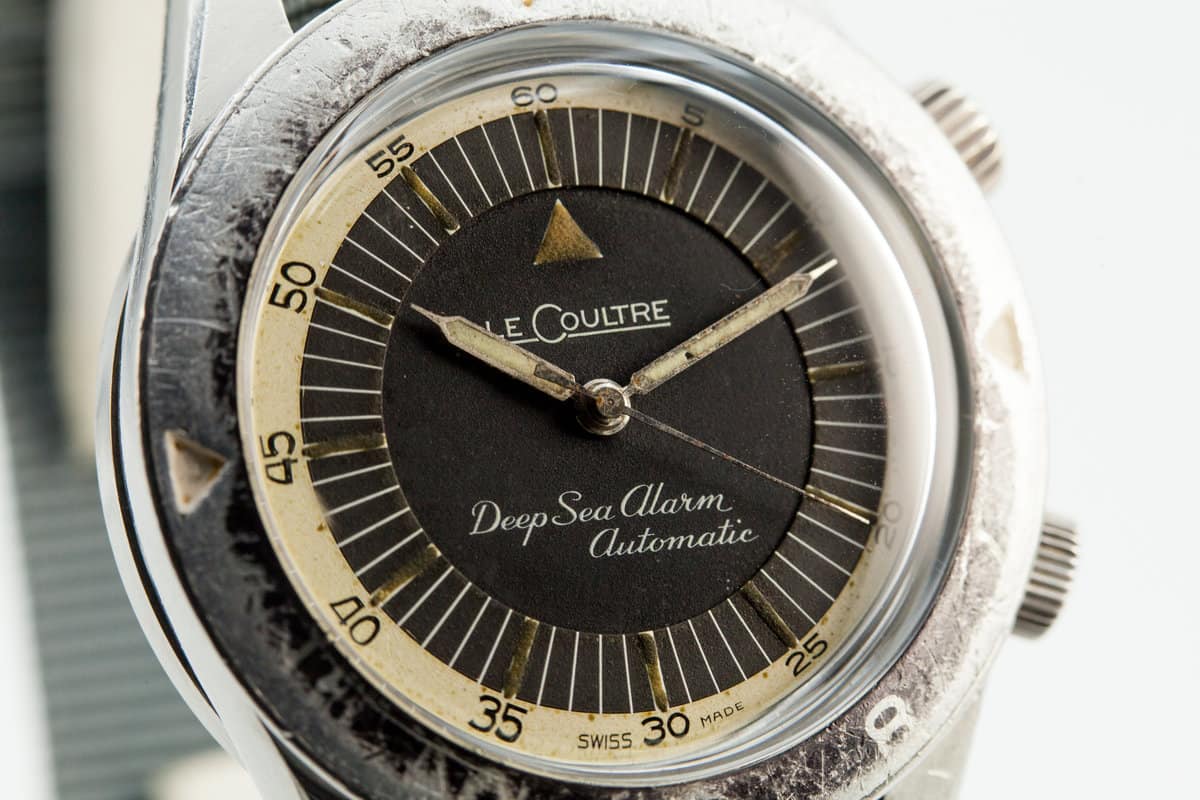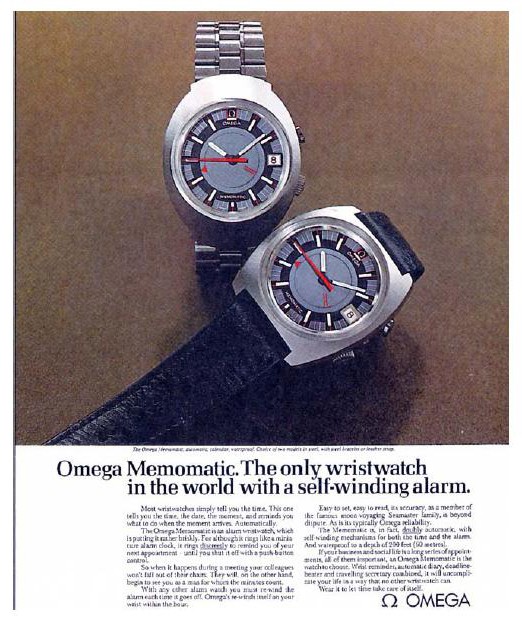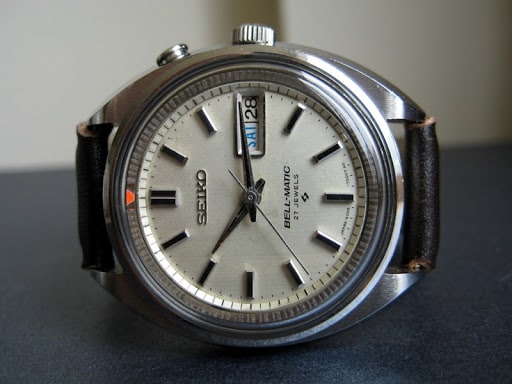One of the more utilitarian—but not often seen (or heard)—complications is the mechanical alarm. For many of us the morning routine involves winding, swirling or setting a mechanical watch, but often starts with the shrill sound of a digital alarm clock. The vibrations of a mechanical alarm also offer a real connection between the wearer and the watch, and those interactions are often mentioned as one of the appeals of mechanical timepieces. So, what is the history of the alarm complication, and why isn’t it more prevalent in contemporary mechanical watches? In the second installment of Complications, we’ll explore the mechanical alarm.
The first wristwatch with a mechanical alarm was created in the 1910s by Eterna, based on a pocket watch featuring an alarm set by a rotating bezel. The problems involved in making this work in a much smaller wristwatch included erratic timekeeping caused by the alarm’s vibrations, the resultant chime or vibration being entirely too quiet, and even the alarm taking too much power away from the main mechanism. The alarm watch never really gained great popularity until Vulcain developed their famed Cricket in the 1940s, and other manufacturers soon followed suit.
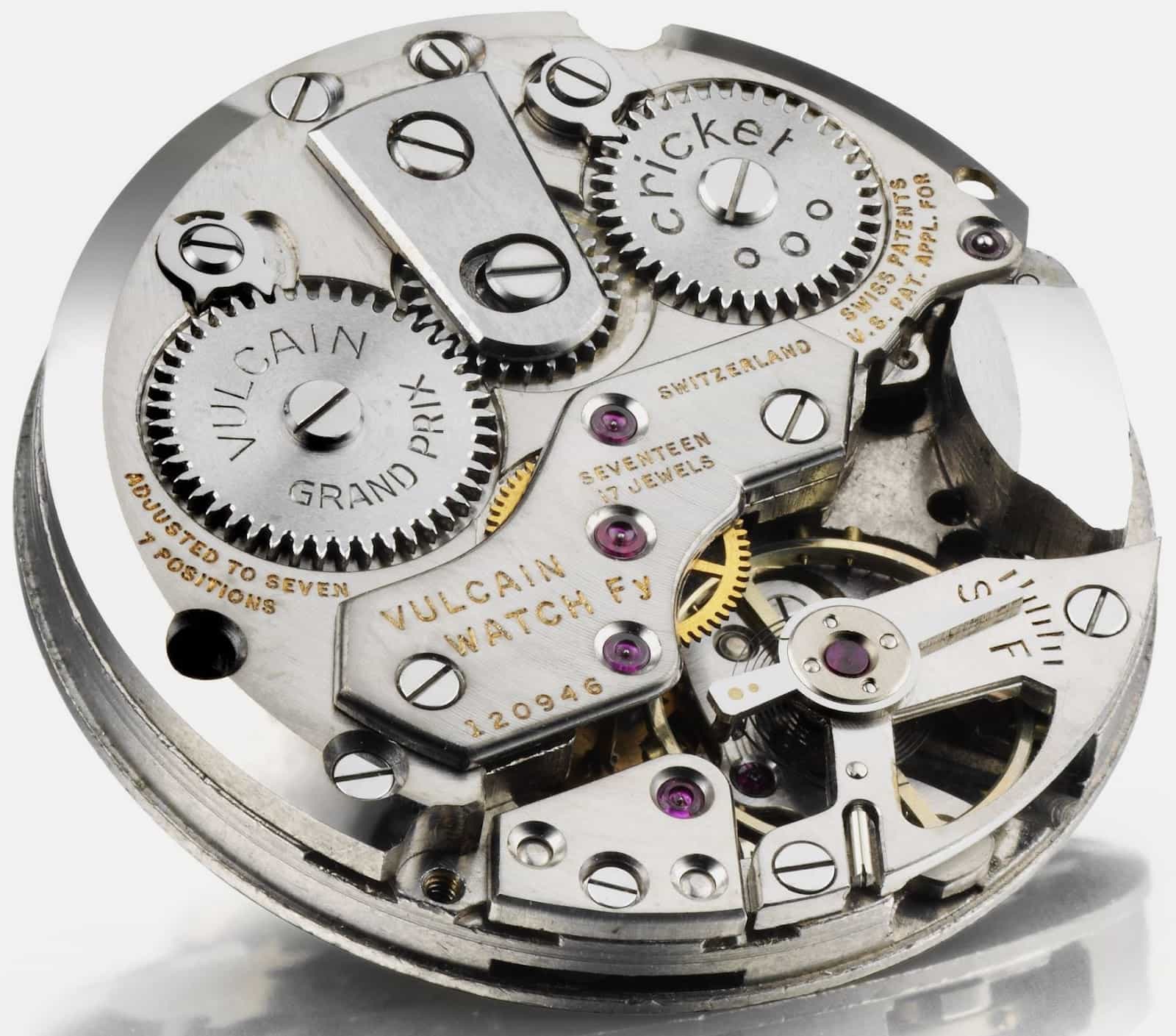
The Cricket started out life containing a hand-wind caliber (120) with two barrels—one for the mainspring powering the movement and another with a mainspring to drive the alarm. A single winding stem charged both barrels, clockwise for one and anti-clockwise for the other. Similarly, at the next crown position the time was set by turning in one direction and the alarm position set by turning the opposite way. The Vulcain also featured a pusher to stop the alarm rather than just letting it run until all power was released.









 Featured Videos
Featured Videos




